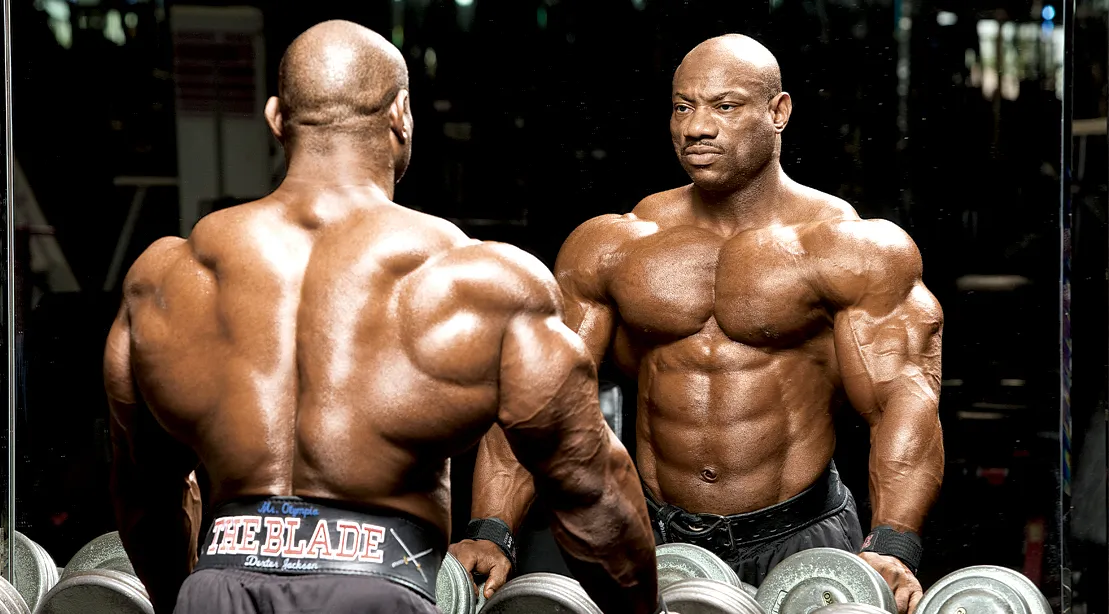Introduction
In the ever-evolving world of fitness, the eternal debate rages on: Is it better to lift heavy weights or perform more repetitions? As fitness enthusiasts, we often find ourselves caught in the crossfire of conflicting advice. Some swear by the raw power of heavy lifting, while others tout the sculpting benefits of high-repetition training. In this article, we’ll dive deep into the heart of this matter, exploring the advantages and drawbacks of both approaches. By the end, you’ll be armed with the knowledge needed to tailor your workouts to your unique fitness goals.
Understanding the Basics
Lifting Heavy Weights: Unleashing the Beast Within
When we talk about lifting heavy weights, we’re delving into the realm of strength training. The philosophy here revolves around challenging your muscles with maximal force. Picture yourself conquering a new personal record, the adrenaline rushing as you hoist that barbell loaded with iron plates. This method primarily targets building raw strength and increasing muscle mass.
The Science Behind Heavy Lifting
To comprehend the effectiveness of lifting heavy, let’s delve into the science. Heavy lifting induces microtears in muscle fibers, initiating the body’s repair mechanism. This leads to muscle hypertrophy, where muscles grow in response to the stress imposed on them. As a result, you not only get stronger but also witness a noticeable increase in muscle size.
Beyond Strength – Metabolic Boost
One often overlooked benefit of heavy lifting lies in its ability to rev up your metabolism. The body burns more calories during and after intense resistance training, making it an excellent choice for those aiming to shed excess fat while sculpting a robust physique.
High Repetitions: The Endurance Symphony
On the flip side, high-repetition training is synonymous with endurance workouts. Instead of pushing your muscles to the absolute limit with heavy weights, this approach focuses on sustained effort over a more extended period. It’s like the difference between a sprint and a marathon.
Breaking Down High-Repetition Training
High reps involve lighter weights and repetitive movements. The objective is to stress the muscles over an extended duration, promoting endurance, lean muscle tone, and cardiovascular health. This form of training is a favorite among those who lean towards a more holistic and functional fitness approach.
Endurance Building – More Than Just a Cardio Workout
While heavy lifting reigns supreme in building brute strength, high-repetition training hones your endurance. This type of workout improves your cardiovascular system’s efficiency, enhancing your ability to perform sustained physical activities without fatigue.
Sculpting Without the Bulk
For individuals aiming for a more streamlined and toned physique without bulking up, high-repetition training is the go-to strategy. It helps in sculpting lean muscles without the risk of excessive hypertrophy, giving you a more defined and aesthetic look.
Comparing the Two
Tailoring Your Approach: Goals Matter
Ultimately, the choice between lifting heavy weights and high repetitions depends on your fitness goals. Are you looking to become a powerhouse of strength, lifting heavy objects effortlessly? Or perhaps you seek a lean, sculpted physique with endurance to match. Let’s break it down based on some common fitness objectives.
Strength and Power Goals: The Heavy Lifting Advantage
If your primary goal is to become stronger, lift heavier weights, and see significant muscle growth, heavy lifting is your ticket. It engages multiple muscle groups, promoting a more robust and powerful physique. Compound movements such as squats, deadlifts, and bench presses become your best friends.
Endurance and Toning Goals: Embrace the Repetitions
On the other hand, if endurance, toning, and overall cardiovascular health are your priorities, opt for high-repetition training. This method caters to a more holistic approach, integrating functional movements that enhance your overall fitness level. Think bodyweight exercises, circuit training, and dynamic workouts that keep your heart pumping.
The Middle Ground: Hybrid Training for Balanced Results
While the debate between heavy weights and high reps is intense, some find a sweet spot by combining both approaches. Hybrid training involves alternating between phases of heavy lifting and high-repetition workouts, offering a balanced approach to strength, endurance, and overall fitness.
Conclusion
In the battle of heavy weights versus high reps, there’s no one-size-fits-all solution. The best approach depends on your individual fitness goals and preferences. Whether you’re striving for Herculean strength or a sculpted physique with endurance to spare, understanding the nuances of each method empowers you to create a workout routine that aligns with your aspirations.
FAQs (Frequently Asked Questions)
Q1: Can I mix heavy lifting and high-repetition training in the same workout? A: Absolutely! Many fitness enthusiasts benefit from incorporating both methods into their routine, promoting a well-rounded approach to strength and endurance.
Q2: How often should I switch between heavy lifting and high-repetition workouts? A: It depends on your fitness goals and personal preferences. Some individuals prefer weekly rotations, while others thrive on monthly shifts. Experiment and find what works best for you.
Q3: Will lifting heavy weights make me bulky? A: Not necessarily. The degree of muscle hypertrophy depends on various factors, including genetics, nutrition, and overall training volume. Heavy lifting can contribute to muscle growth, but it doesn’t guarantee a bulky physique.
Q4: Can high-repetition training replace traditional cardio workouts? A: While high-repetition training provides cardiovascular benefits, incorporating dedicated cardio sessions can still be beneficial for overall heart health and endurance.
Q5: Is there an ideal rep range for high-repetition training? A: The ideal rep range can vary, but generally, it falls within 12-20 repetitions per set for high-repetition training. Adjust the weight accordingly to maintain proper form and intensity.



